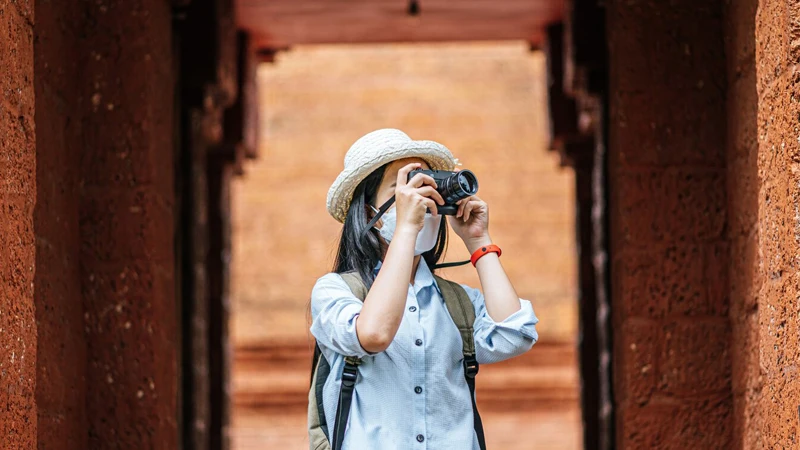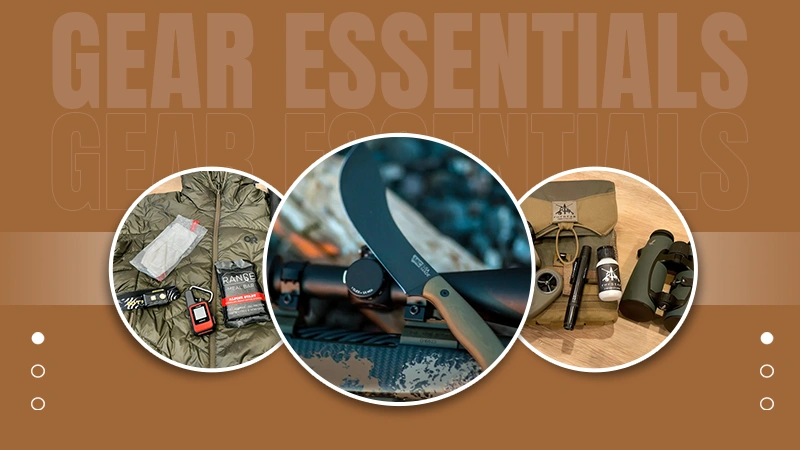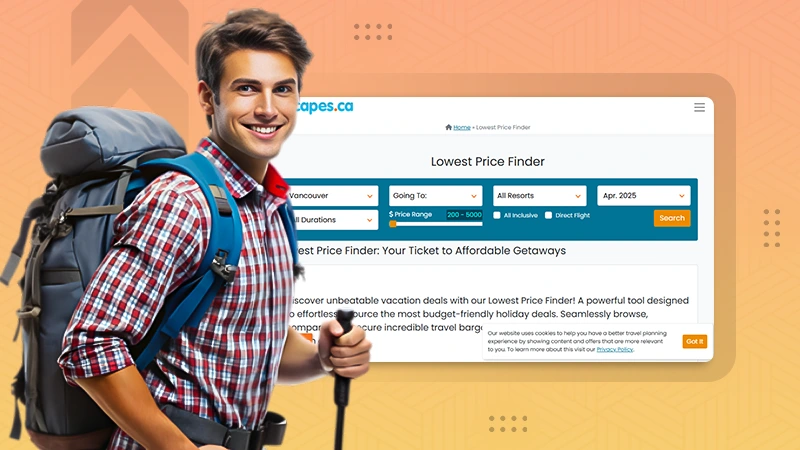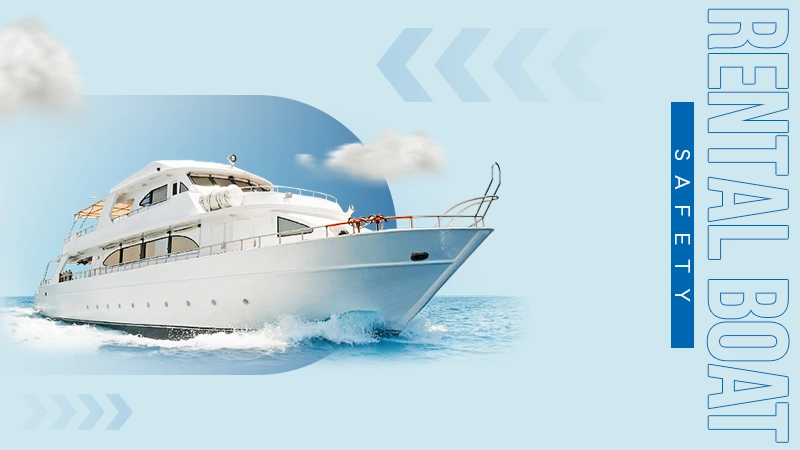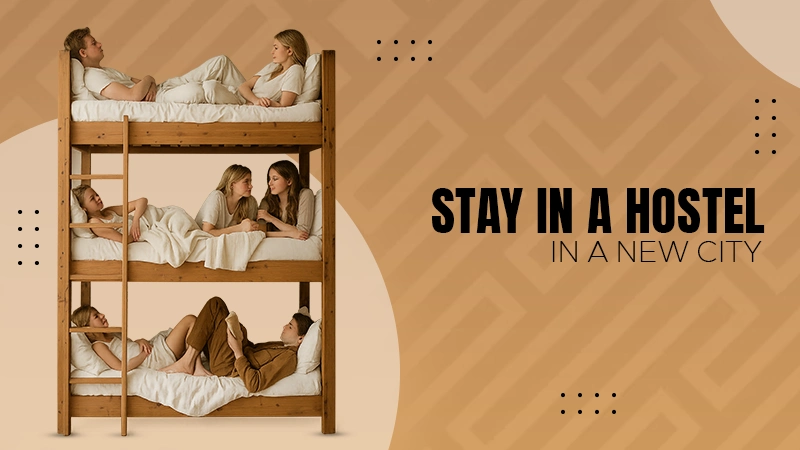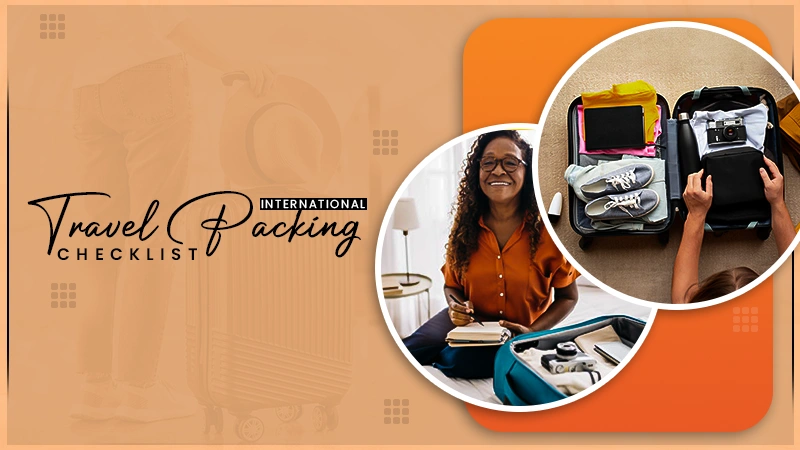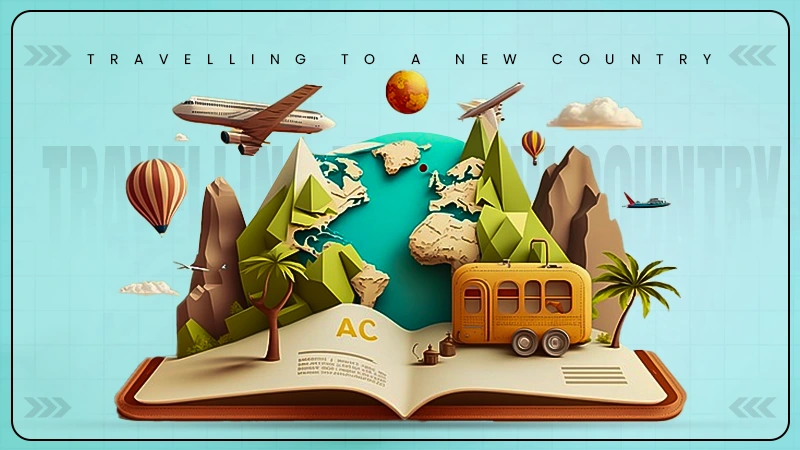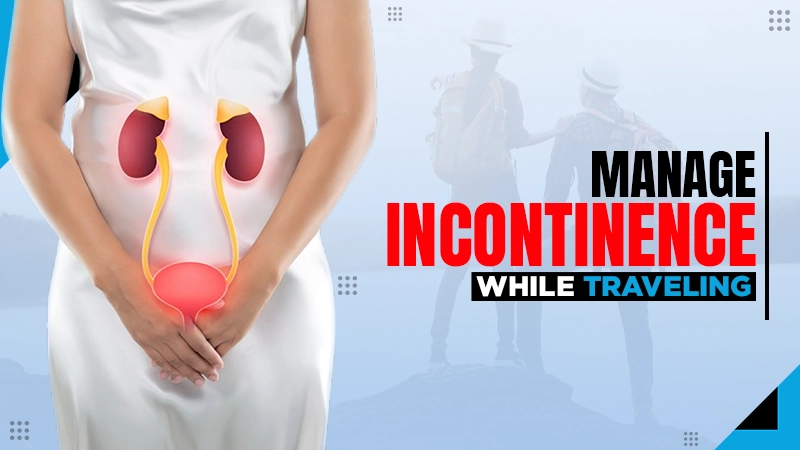
The most essential part of any travel plan is managing your bladder and finding a nearby restroom.
In remote areas, it’s difficult for everyone but for those suffering from incontinence, it becomes a challenge to manage without someone’s assistance.
Urinary Incontinence is the inability of the bladder to control the flow resulting in urine leakage.
Though it is common in pregnant women and the elderly, it can also be caused by physical weakness or neurological disorders.
It is treatable by slowly changing your lifestyle habits and visiting a specialist, but for traveling extra precaution and planning are necessary.
Nowadays, incontinence supplies for seniors are available that are fully absorbent and comfortable to wear during long journeys.
For those already planning a trip, this article will be your guide to managing incontinence while exploring the world.
How to Plan Your Trip with UI?
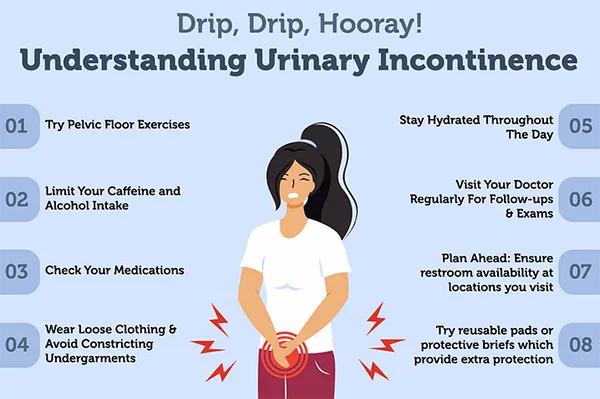
Creating an itinerary can take time because traveling with Urinary Incontinence (UI) is stressful and complex.
Though your physician may have suggested pelvic floor exercises and medications, planning ahead of the journey is always recommended.
Here are some tips to help you prepare for the trip when you have incontinence.
Mode of Commute:
While booking your ongoing tour, check the type of transportation you will be taking.
Whether commuting by plane, train, or rental car, consider everything in detail for a comfortable journey.
A road trip may seem too overwhelming because of the weather but nowadays there are restrooms and malls on the highways to manage change or buy necessary products.
Travel Duration:
If the flight or a train is for a longer duration, wearing fully absorbent adult diapers is necessary.
It should be easy to wear and dispose of but carrying a skincare lotion to protect from rashes is also significant.
Planning Your Route:
When planning your route from one destination to another, locate restrooms or restaurants nearby to change during an emergency.
You can also use a well-paying survey website to help you with any financial burden during your journey.
Also, check for hospitals near your hotel that are convenient to reach in case you need to check for any medication or consultation.
Try Bladder Training:
Your doctor must have advised you to do Kegel exercises to strengthen your pelvic floor muscles.
Continue doing those exercises and make a list of all the medications and the right time to have them handy.
Time voiding is a good way to train your body to empty your bladder on a set schedule. This is most helpful during the trip and keeps your gut well-maintained.
DID YOU KNOW?
Common OAB triggers include caffeine, alcohol, citrus juices or fruits, and spicy foods.
Packing Essentials to Manage Incontinence
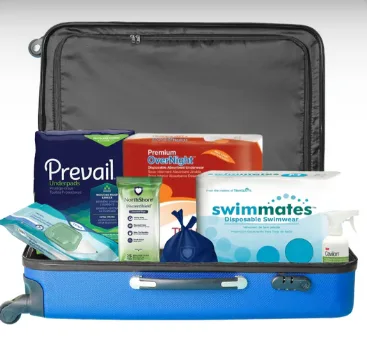
While taking a world tour might seem like a hassle for those with inconsistent bladder issues, it is manageable by packing essential toiletry products.
Apart from carrying high-absorbent adult diapers, you should also pack skin cleanser, extra wipes, disposable bags, reusable washcloths, and overnight underwear.
You can also purchase a complete incontinence travel kit along with general first-aid for stomach issues and pain relievers.
It is recommended to wear loose clothing that is easy to carry and does not restrict body movements.
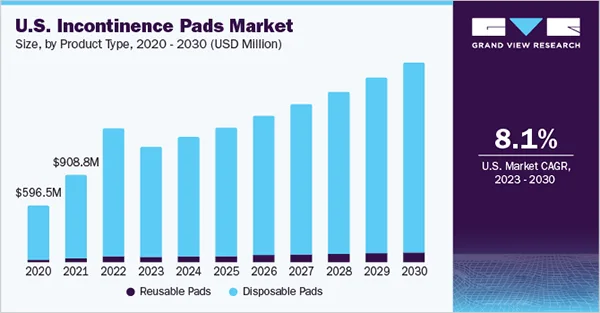
STATISTICS:
The graph shows the growth of the U.S. incontinence pads market size by products from 2020-2030. Most people prefer disposable pads instead of reusable ones.
How to Travel with Incontinence
As a traveler with incontinence visiting a new place may be complex but is not impossible with some assistance and lots of preparation.
Take a look at these travel hacks that will help you in your journey:
- Book an aisle seat: It might be quite overwhelming to check for a specific seat but it’s always better to book a seat at the end of a row or near the restroom.
You can easily access the bathroom in case of urgency or if you want to change your clothing.
- Reach early: Reach the airport or the station an hour early to be comfortable even if you have to wait in a queue. This way if you had to go to the bathroom for a quick change, you won’t be in a rush.
- Time your bathroom breaks. Bladder training and time voiding are two things that should be kept in mind while traveling.
- Limit Certain Liquids and Foods: As mentioned before, limiting caffeine and other citrus fruits is a good idea. However, stay hydrated throughout the day and call for a quick check-up if a specialist is available near your hotel stay.
Conclusion
Your health is of primary importance while exploring the world but incontinence shouldn’t restrict you from living your life or traveling.
Regularly taking medications, doing kegel exercises, and practicing time voiding are some ways that will help you in your trip.
We hope the suggestions mentioned in this article will prepare you better for your journey. However, remember to always seek medical advice from your specialist before traveling.
Also Read: Traveling Happy on Two Wheels



